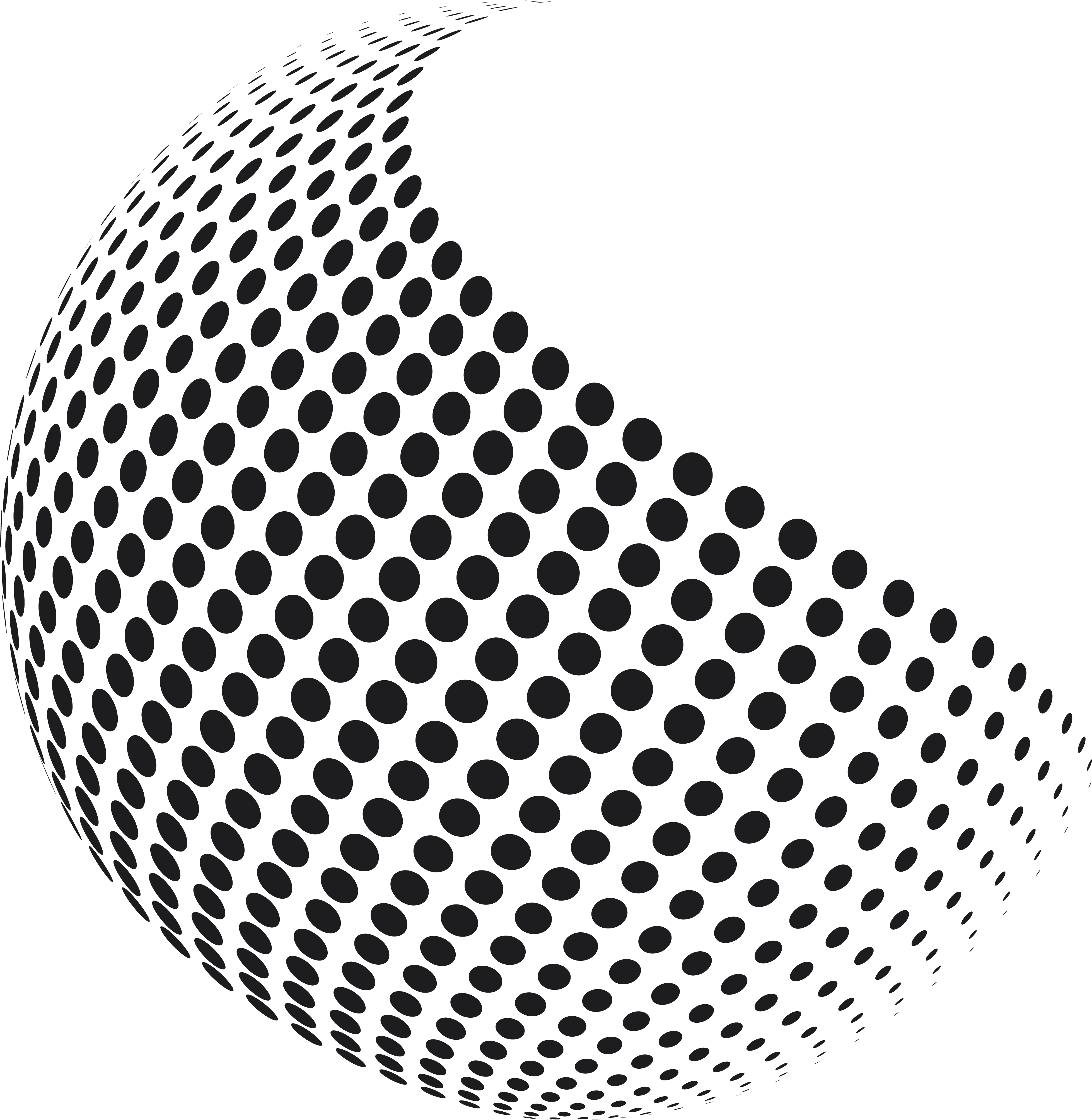Explore fabric: Cotton Digital Print Fabric | Linen Digital Print Fabric

Hey there! Ever wondered what makes up your favorite clothes or how different fabrics feel and function? Let’s dive into the world of textiles and break down the four basic types of fabrics: Natural, Synthetic, Semi-Synthetic, and Blended. Understanding these can help you make better choices for your wardrobe or fabric projects.
"Choosing the right fabric isn't just about style—it's about understanding the materials that shape our world." - Grey Exim
01. Natural Fabrics
Natural fabrics come from plants or animals. They're like the pure and organic part of the textile world.
Cotton: Soft, breathable, and comfortable. It’s made from the fibers of cotton plants. Great for everyday wear!

Linen: Made from flax plants, it's known for its crisp, cool feel, perfect for hot weather.

Wool: Comes from sheep and is warm and cozy. It's used in sweaters and blankets.

02. Synthetic Fabrics
Synthetic fabrics are man-made, usually from chemical processes. They often mimic natural fabrics but with special features.
Polyester: Durable and resistant to wrinkles and shrinking. It's a common fabric for all sorts of clothing.

Nylon: Strong and flexible, used in everything from jackets to stockings.

Acrylic: A wool substitute, it's lightweight and often used in sweaters and blankets.

03. Semi-Synthetic Fabrics
These fabrics start from natural materials but are chemically processed to enhance their properties.
Rayon: Made from wood pulp, it's soft and has a silky feel. Often used in dresses and blouses.

Viscose: Similar to rayon, it's made from wood pulp and is used for its smooth texture and drape.

Modal: A type of rayon made from beech trees, known for its softness and moisture-wicking properties.

04. Blended Fabrics
Blended fabrics combine two or more different types of fibers to create a material with specific, enhanced properties.
Cotton-Polyester Blend: This is one of the most common blends, combining the breathability of cotton with the durability of polyester. It’s easy to care for and less prone to shrinking or wrinkling.

Wool-Nylon Blend: Often used in outerwear, this blend combines the warmth and softness of wool with the strength and durability of nylon.

Linen-Cotton Blend: This blend brings together the best of both worlds—the breathability of cotton and the strength and texture of linen.

So there you have it! Whether it’s the soft touch of cotton, the durability of polyester, the silky feel of rayon, or the versatility of blended fabrics, each type has its unique charm and benefits. Next time you pick out a piece of clothing or fabric, you’ll know exactly what you’re dealing with!
Feel free to explore our wide range of fabrics at Grey Exim to find the perfect match for your needs!
Which type of fabric do you prefer and why? Drop your thoughts in the comments below!

Comments